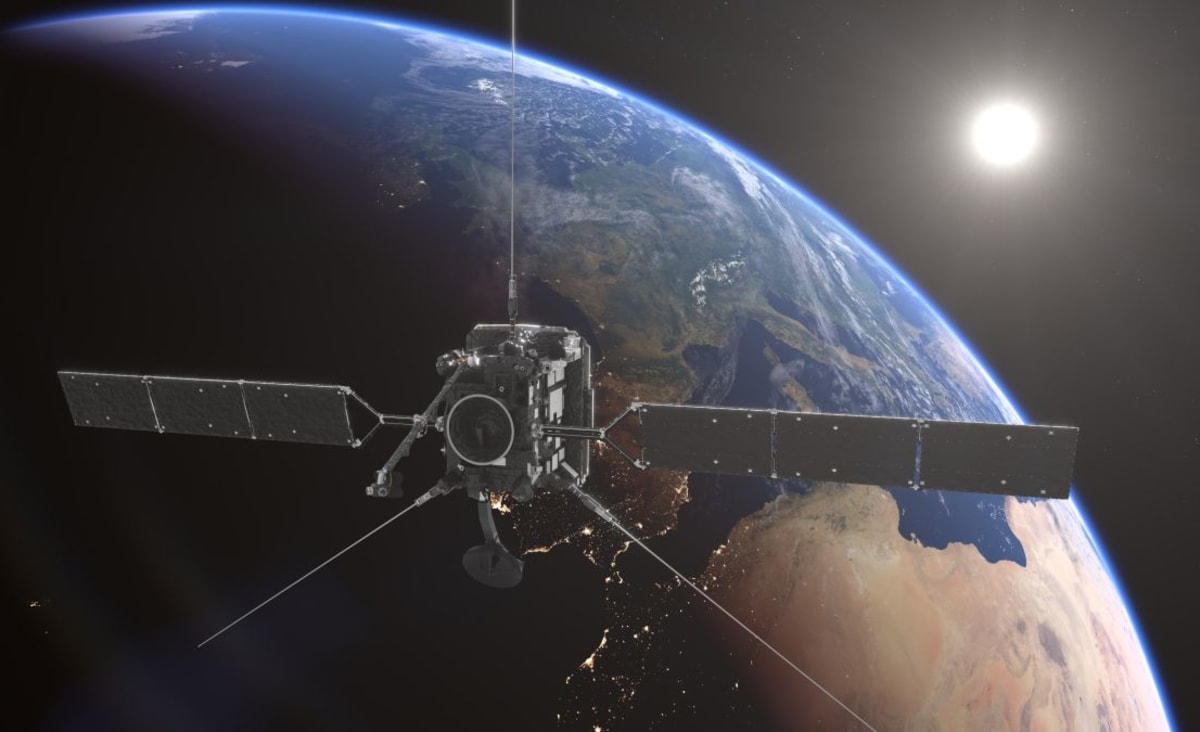
www.space.com
Russian ASAT test adds risk to Solar Orbiter's super close Earth flyby
The European Space Agency's sun-observing spacecraft Solar Orbiter will have to avoid space debris from Russia's recent anti-satellite missile test during its final visit to Earth that will nudge its orbit closer to the sun.
Science & Tech
A solar probe on a mission to take the closest ever images of the sun will pass incredibly close to Earth today, but debris from the recent Russian anti-satellite missile test will make its visit more risky and unpredictable.
The European Space Agency's (ESA) Solar Orbiter spacecraft will zoom just 285 miles (460 kilometers) above Earth's surface on Friday at 11:30 pm EST (Saturday, 4:30 GMT). This close encounter, a maneuver called flyby, will help nudge the satellite closer to the sun so that it can commence its scientific exploration of the star.
But the Nov. 15 anti-satellite missile test by Russia, which shattered the nearly 2-ton defunct Kosmos 1408 satellite into pieces, adds worry for the ground control teams who have been carefully plotting Solar Orbiter's path to make it efficient and safe.
"Solar Orbiter will fly through the most polluted areas around Earth," Andrea Accomazzo, ESA's head of solar system and exploration, who oversees the flyby, told Space.com. "We run calculations in which we compare the path of Solar Orbiter with the trajectories of all known space debris objects. The problem is that the [Russian ASAT] test happened so recently that there is only partial information about the debris it created."
























































